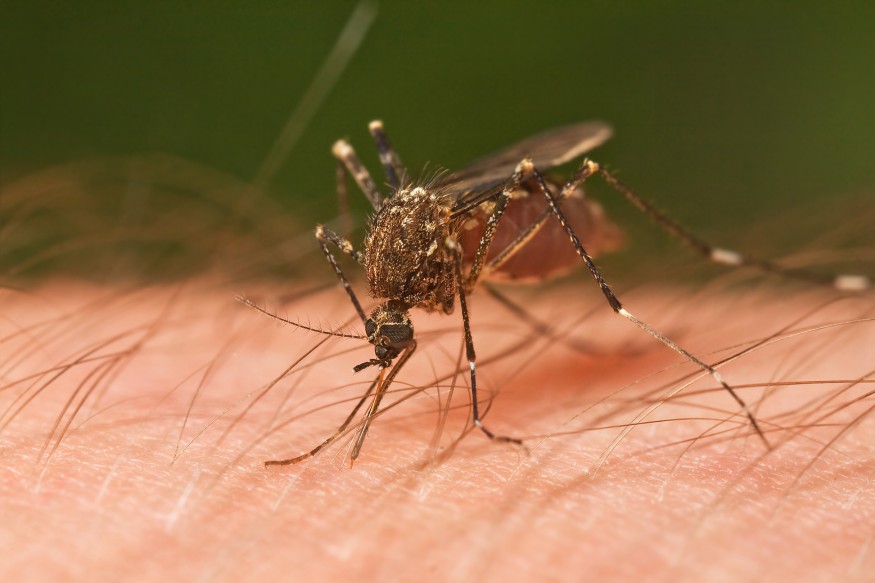According to experts, geoengineering to avert the worst effects of climate change might expose up to a billion additional people to malaria.
The study, published in Nature Communications, is the first to look at how climate engineering may alter the burden of infectious illnesses.
Removing Carbon Dioxide

Remove carbon dioxide from the atmosphere to reduce heat trapping, and solar radiation management (SRM) - reflecting more sunlight away from the globe to minimize heat absorption in the first place. The latter might be accomplished in various ways, such as by spraying particles into the sky to reflect sunlight away from the ground.
This study focused on the latter, especially putting aerosols into the stratosphere that deflect incoming sunlight, thereby "halting" global warming for the time being. Though SRM is frequently mentioned as a means of addressing climate injustice, its possible health consequences have received little attention.
Also Read:
Simulations

Scientists created simulations of malaria transmission in two future scenarios: with and without geoengineering and with medium or high degrees of global warming. The models determine which temperatures are most favorable to mosquito transmission by the Anopheles genus and the number of individuals living in places where transmission is possible.
They discovered that high temperatures killed the malaria parasite in specific regions; therefore, immediately cooling the area might reverse such losses, increasing the illness. Simulations indicated that a billion more people would be at risk of malaria in the geoengineered world under the high-temperature scenario.
"The study has important implications for decision-making," said Colin Carlson, an associate research professor at Georgetown University Medical Center and the study's primary author. "While geoengineering may save lives, the idea that it will do so equally for all countries may put certain governments at a disadvantage when making decisions." We should be able to tally up the risks and benefits of geoengineering if it's about defending communities on the frontlines of climate change, especially in terms of neglected health costs like mosquito-borne illness."
Potential results of Geoengineering
According to previous results, geoengineering might lower malaria in certain areas while raising it in others. In all scenarios, the scientists discovered that geoengineering might significantly lower malaria risk in the Indian subcontinent, even with current conditions. However, in Southeast Asia, the protective impact would be outweighed by increased risk.
"In a too hot world for people, the malaria parasite likewise gets too hot," Carlson explains. "Cooling the globe may be a last-ditch effort to preserve lives, but it would also reverse the downward trend."
Related Article : How Climate Misinformation Through Social Media Worsens the Battle Against Climate Change
For more news about similar news, don't forget to follow Nature World News!
© 2025 NatureWorldNews.com All rights reserved. Do not reproduce without permission.

